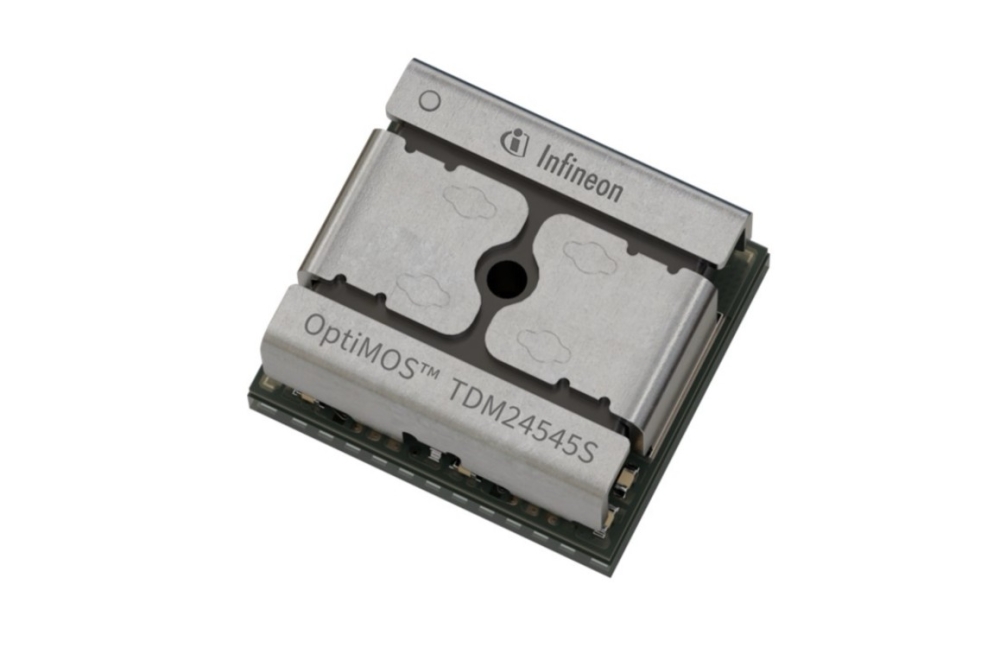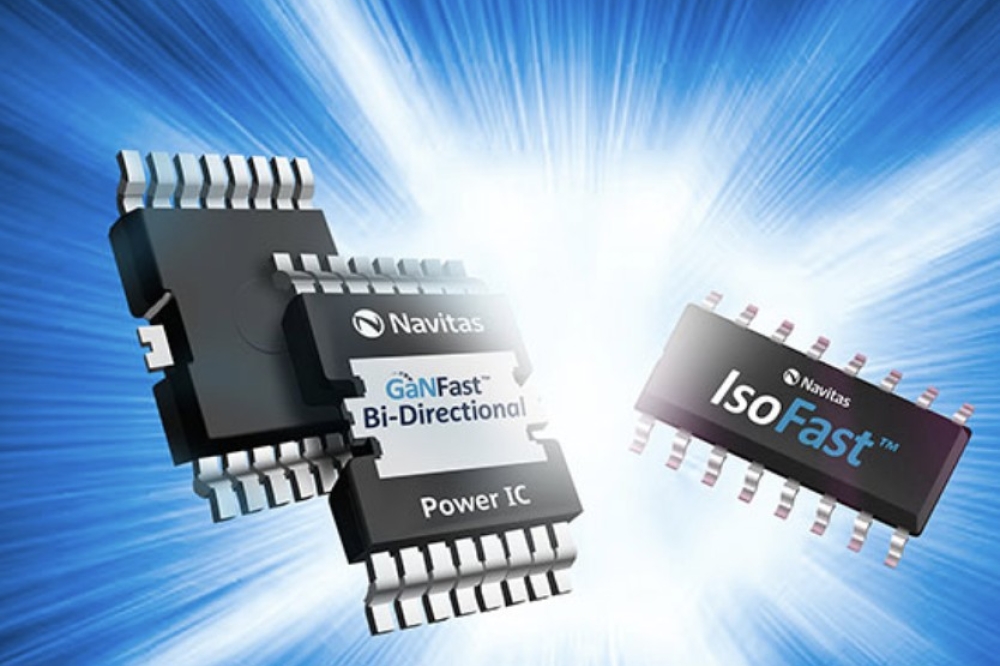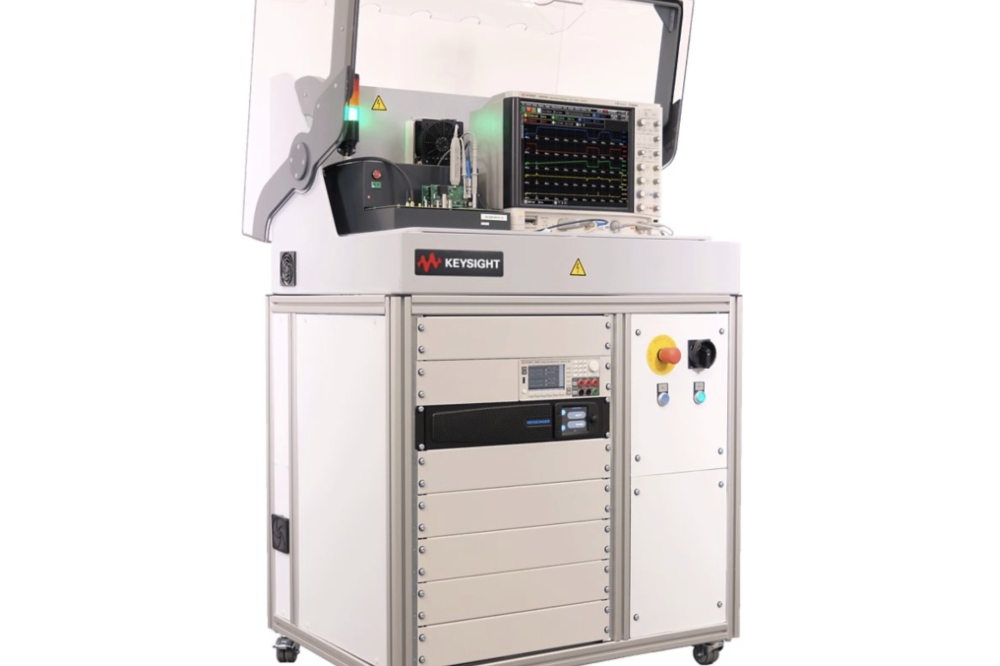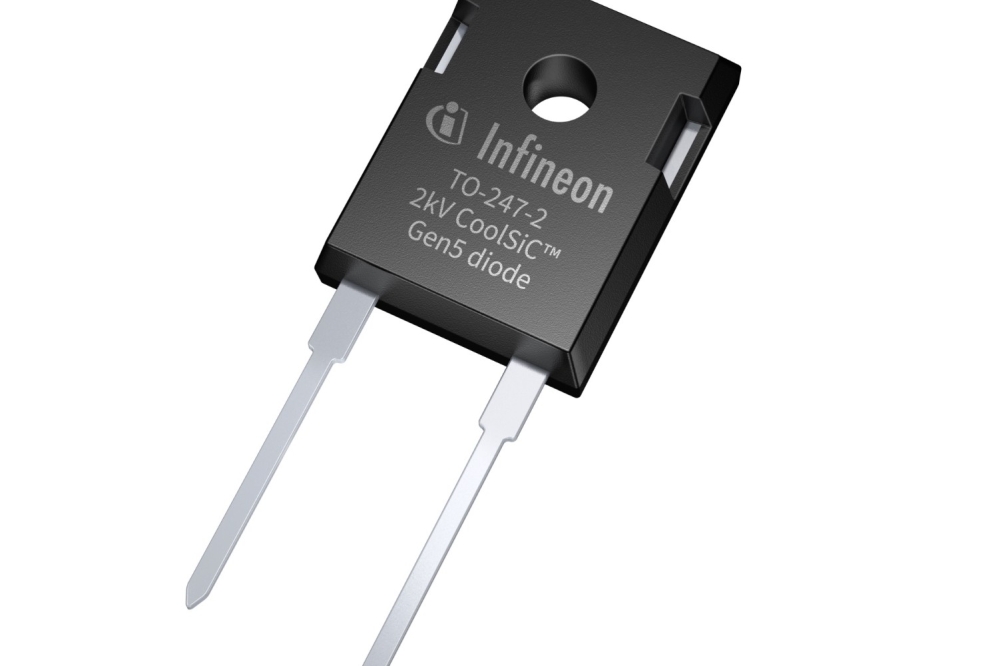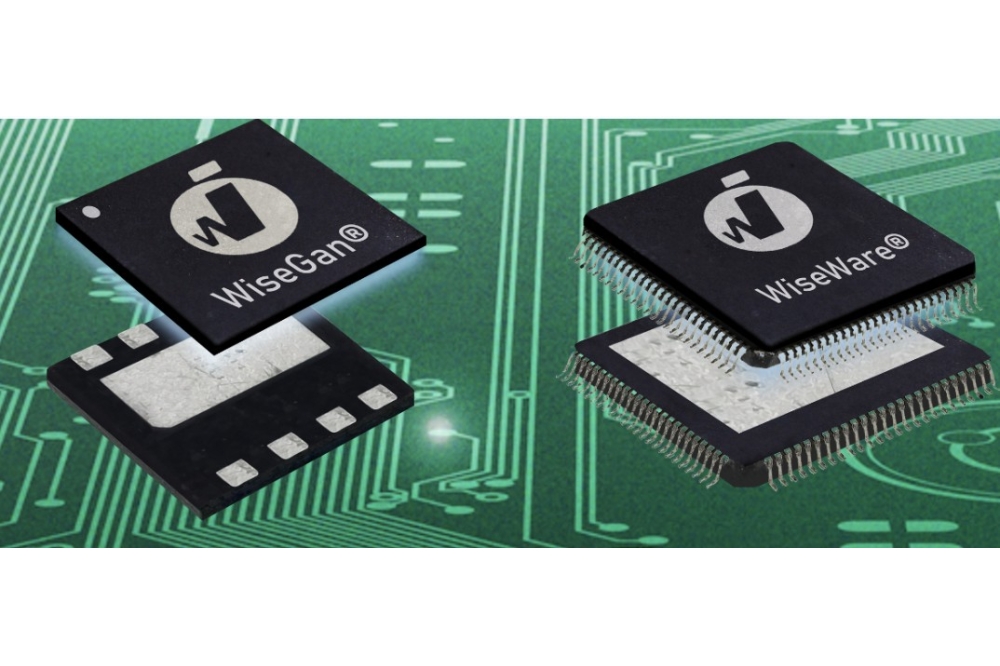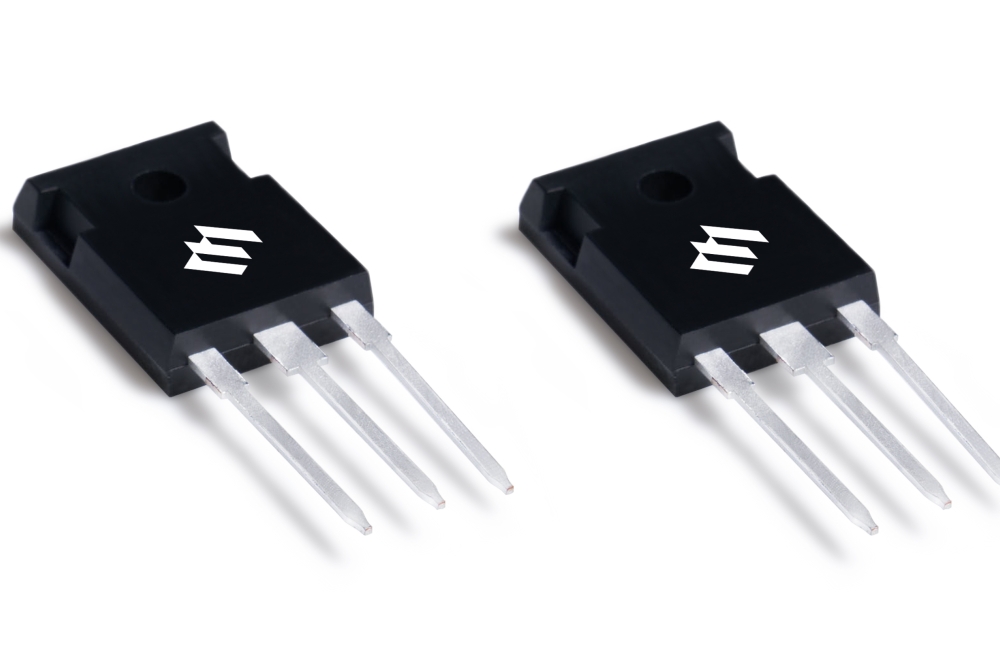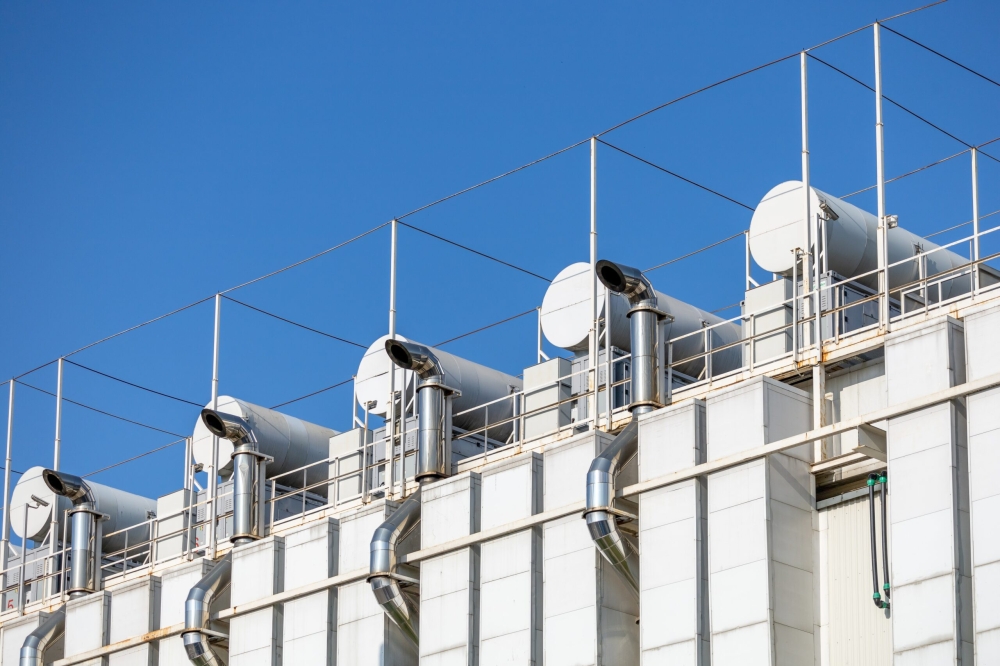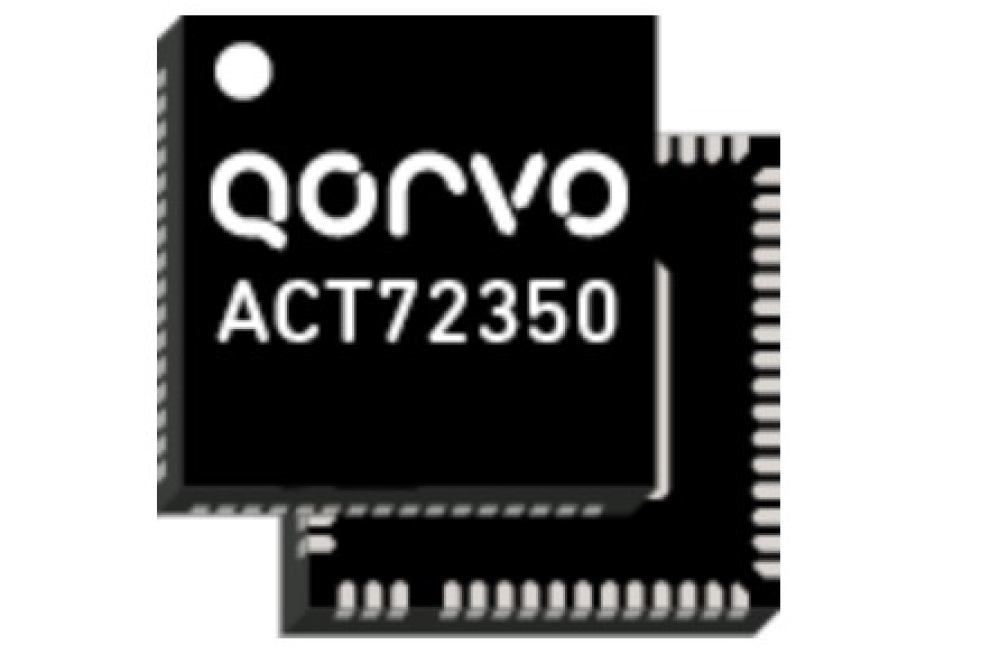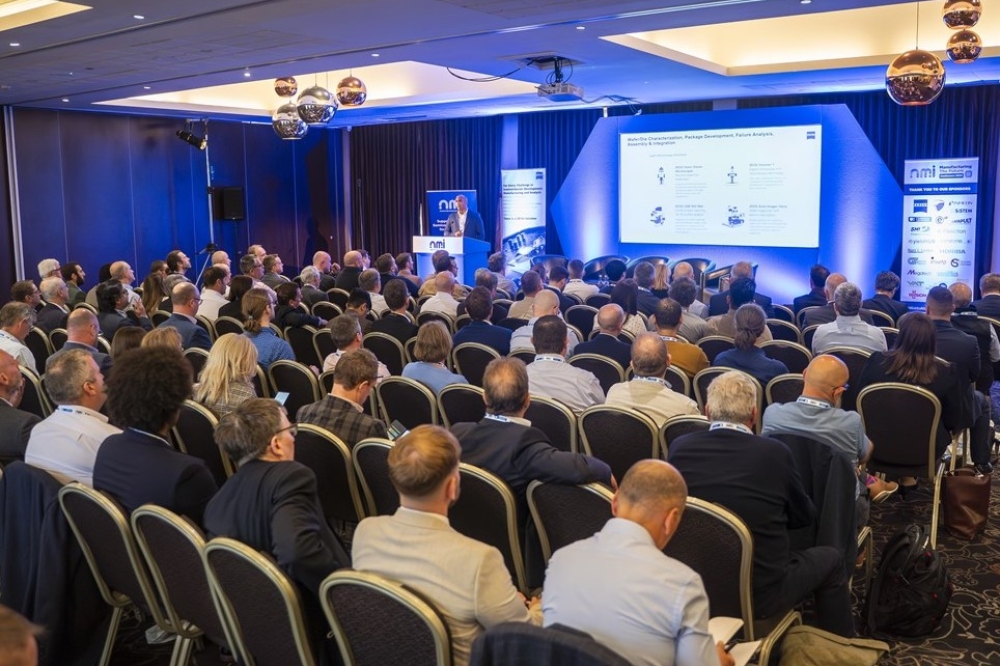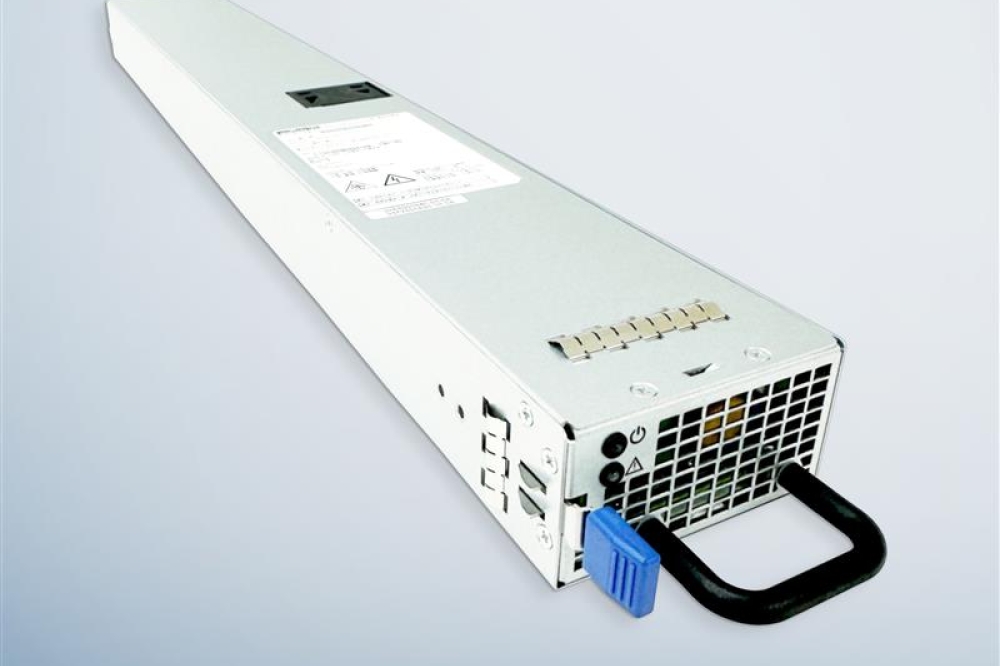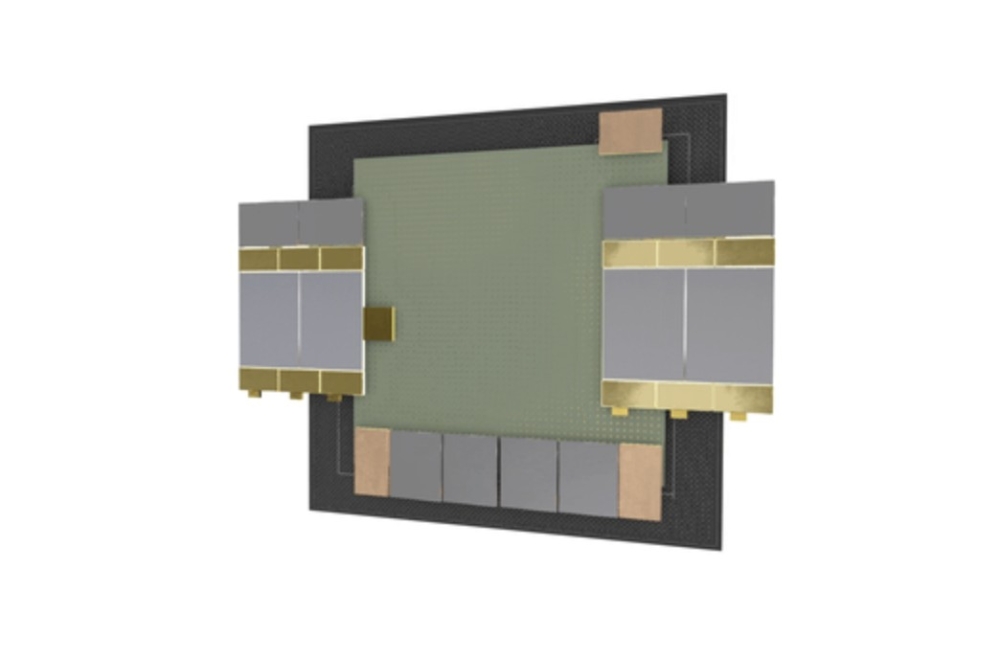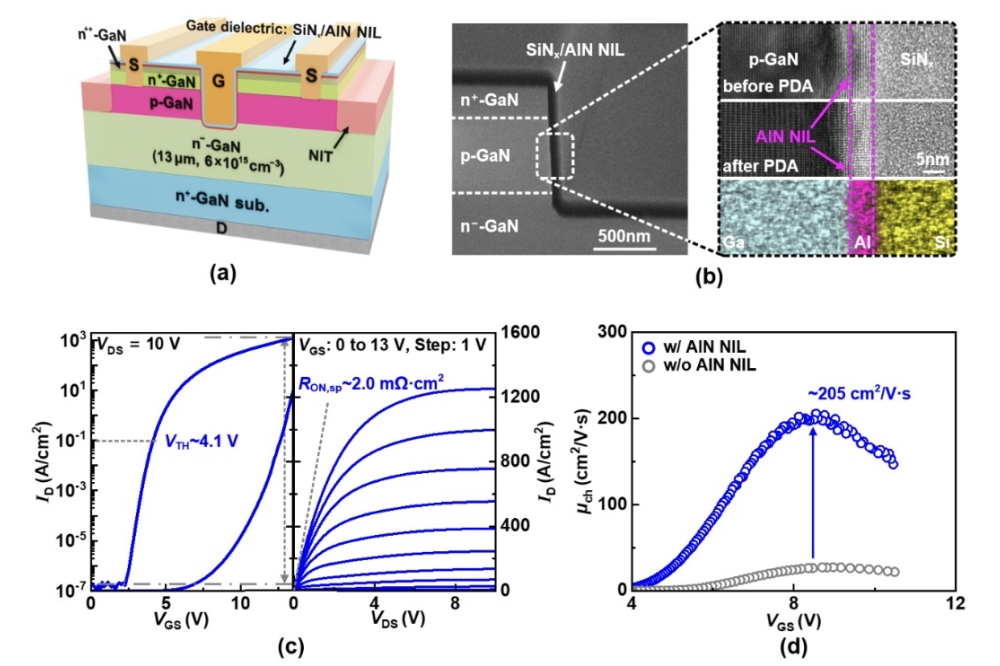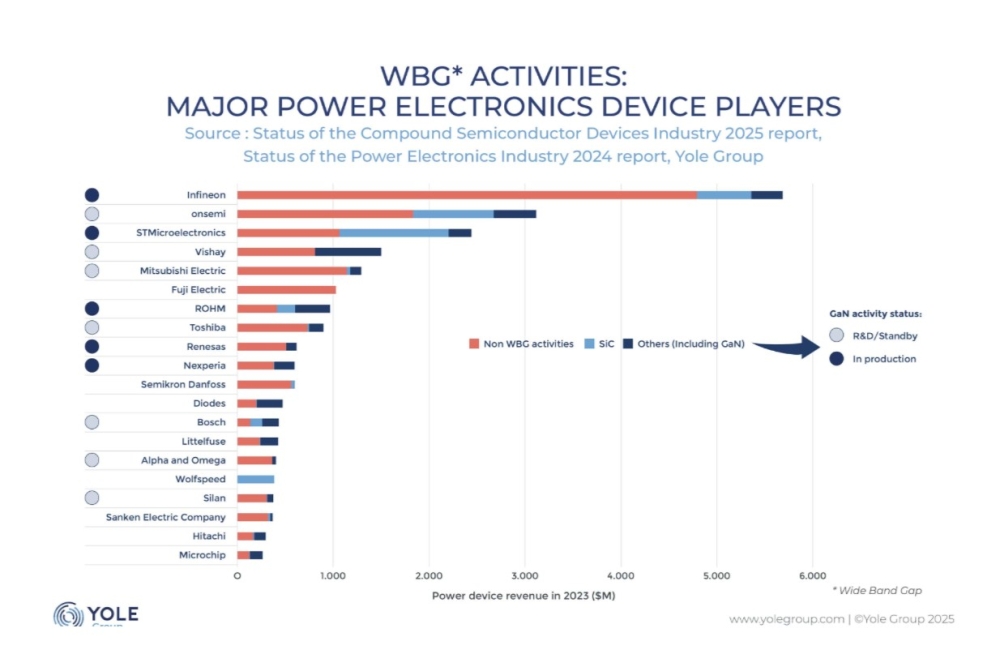
Navigating the next frontier of Wi-Fi 7 performance

In
wireless communications, the advancement of Wi-Fi® 7 opens a new era of
ultra-fast networks and reliable connectivity. Like other technological
revolutions, they usually come with growing pains. The importance of
comprehensive radio frequency (RF), signalling, and throughput testing
cannot be overstated. Such testing is not merely procedural, but a
critical step to ensure that Wi-Fi 7 can deliver its promised
performance not as an individual device but as a network.
BY XIANG LI, INDUSTRY SOLUTION MARKETING ENGINEER AT KEYSIGHT TECHNOLOGIES
Wi-Fi 6 and 6E set new benchmarks for wireless performance, significantly improving network efficiency, capacity, and speed. RF testing ensures the efficient use of spectrum and minimised interference while signalling tests verify the effective communication between devices and access points. Throughput testing, on the other hand, confirms that the theoretical speed improvements translate into real-world benefits for users.
Before the introduction of Wi-Fi 7 standards, Wi-Fi networks were never meant to carry massive numbers of devices. Manufacturers mostly focus on testing under non-signalling conditions, which means engineers can bypass the standard communication protocols and directly access the physical layer of the wireless device for testing. It simplifies the testing process and focuses on the raw performance. However, it ignores the fact that there could be hundreds of other wireless
devices with complex environmental and channel conditions.
Wi-Fi 7 enables a massive number of devices for both industry and household users, such as phones, smart devices, IoTs, industrial IoTs, routers, range extenders and access points, and customer premise equipment (CPE). Wi-Fi 7 networks will offer distinct advantages in crowded settings, such as airports, stadiums, hospitals, and smart factories. Figure 1 and 2 show how complex the future Wi-Fi network will look. Ignoring the standard communication protocols and other network conditions is not a good idea if manufacturers want their Wi-Fi 7 devices to perform consistently and reliably.
Not to mention, the Wi-Fi standard promises enhanced speed and efficiency by introducing advanced features such as 320 MHz channel bandwidth, 4096-QAM, and Multi-Link Operation (MLO). The complexity of these features requires a more systematic testing approach, one that can accurately simulate real-world environments and satisfy Wi-Fi 7 standards. Additionally, CPE is experiencing significant growth in popularity as cell operators are adopting 5G technology fast. This market expansion requires devices to have seamless transitions between Wi-Fi and cellular networks. Therefore, CPE manufacturers and network operators need to work together and run additional tests to ensure their products and networks are compatible with Wi-Fi 7 and 5G technologies.
RF testing with signalling: The foundational step towards excellence
Evaluating RF performance with signalling emulates how a device under test (DUT) operates in real-world conditions. Analysing the transmission (Tx) and reception (Rx) capabilities is essential for ensuring the device performs as end users expect.
In Wi-Fi development, for both access points (AP) and clients, it’s important to start with RF performance assessment and then progress through the protocol layers. Any deficiencies on the RF layer can impact all subsequent tests at higher levels. RF testing enables isolation of the RF layer Tx and Rx operation.
Transmitter power measurements
The transmitted power is a critical parameter that directly influences the performance and compatibility of the device in a wireless network. Capturing the boundaries for the maximum transmitted power output and the power envelope helps to reduce the risk of interference with other devices operating within the same frequency spectrum. This is particularly important in environments where multiple devices share the same band.
To accurately assess the performance related to transmitted power, engineers need to set up the AP or client device to operate at specific power levels. These levels depend on testing objectives, whether for routine evaluation or for diagnosing problems. Typically, tests involve operating the DUT at its highest or lowest power output during the most intense part of a transmission cycle. This approach is designed to push the device to its operational limits, thereby uncovering any potential weaknesses or failure points.
For precise measurements, the DUT is often connected directly to the testing equipment via wired cables, which helps to avoid the inaccuracies and variables introduced by over-the-air (OTA) transmission. By using a direct connection, engineers can capture more reliable and controlled measurements, leading to a clearer understanding of the device’s performance.
The measurement of the transmit spectrum mask is a critical process. It outlines the energy profile across different frequencies. An example is shown in Figure 3. By establishing specific thresholds at various segments of the signal, a defined spectral envelope is created for the DUT. That means the operating frequency of this DUT must fall within the envelope to prevent unwanted interference and ensure sufficient power delivery. This is important for both APs and clients.
Maintaining stability during transitions, such as during burst transmissions or when switching frequencies, is crucial to ensure the integrity of the signal’s transmit spectrum mask. A common issue encountered is the occurrence of an unexpected, narrow burst of power during a period of inactivity, or the ‘off’ phase. Such bursts might result in unintended signal leakage during periods of transmission. Alternatively, these issues may arise during the process of frequency conversion, known as ‘images’. These challenges highlight the importance of testing and optimising device design to prevent such irregularities, ensuring consistent performance and compliance with established spectral standards.
Transmitter modulation quality measurements
Modulation quality is another key metric to measure. It’s about maintaining high signal quality when implementing different signal patterns to reduce errors. As mentioned before, Wi-Fi 7 employs 4096 QAM as well as 1024 QAM from Wi-Fi 6. It increases the importance and difficulty of modulation quality measurements.
For this measurement, the test setup is the same as the power measurement. There are two main behaviours engineers need to check: the distance from the ideal signal points (error vector magnitude) and the accuracy of each modulation point (constellation diagram). If the points on the chart are not where they should be, it means there is background noise or jitter in the signal’s timing.
Transmitter spectral quality measurements
Measuring how well a Wi-Fi design performs across different frequencies is crucial for smooth operation and reducing interference. Spectral flatness and occupied bandwidth (OBW) are the main parameters for measuring spectral quality.
When a Wi-Fi signal doesn’t operate at its expected frequency, it can cause signal leakage and interfere with other transmissions. Also, it will cause issues with burst time and envelope of a Wi-Fi design. Common problems include unwanted signals, distortions, or harmonics, often due to bad grounding, ineffective noise control, or errors in frequency conversion.
Receiver PER measurements
Understanding the characteristics of the receiver is also important to ensure devices not only capture but also accurately decode the received signals. To evaluate the performance of a receiver, engineers assess how sensitive the receiver is to different signal strengths, the receiver’s ability to handle data efficiently at the highest signal strength it can receive, and performance in terms of packet error rate (PER) and rate versus range (RvR).
Focusing on the receiver’s PER involves examining the precision with which it processes incoming packets. The PER metric reflects the proportion of accurately received packets out of the total received, serving as a key indicator of the receiver’s reliability. Reception errors and difficulties in decoding signals can compromise the accuracy of the information relayed to the user, potentially leading to connection issues.
Factors such as suboptimal receiver sensitivity or decoding inaccuracies can deteriorate the PER, highlighting areas that may need improvement to ensure optimal receiver performance.



